One of the colony’s feline residents roaming amid the site’s ancient ruins
photography by: Omri Westmark

With over 300,000 cats citywide, Rome is replete with feline colonies just as it is with Roman-era archaeological sites. Nestled alongside the remnants of four ancient temples as well as the Theatre of Pompey, Torre Argentina's cat sanctuary serves as a shelter for dozens of mousers who occasionally bask atop the ancient ruins. Operated solely by volunteers who feed, sterilize and look after the cats, the shelter is open for feline-loving visitors all year round.

By: Omri Westmark
Date: 11:30 28.04.23
Last Update: 13:49 05.01.24
During the 1920’s, vast parts of Rome underwent a massive reconstruction process in which hundreds of buildings were demolished. The large-scale face lift was the brainchild of the then Italian dictator Benito Mussolini, who sought to redefine the city according to the principles of the fascist ideology of which he adhered. When the square of Largo di Torre Argentina became the subject of Mussolini’s rebuilding campaign in 1927, workers revealed parts of the city’s famed Teatro di Pompeo next to 4 temples, dating back to the Roman Republic era.
As soon as the excavation works came to an end, the site was swarmed by hordes of feral cats, for whom the ancient ruins were a coveted refuge from the city’s hectic traffic. Roughly two decades later, a local actor by the name of Antonio Crast came across a derelict storehouse, formerly used by archeologists. As an aficionado of cats, Crast began using the place as a feeding ground for the large number of feathered critters.

photography by: Omri Westmark
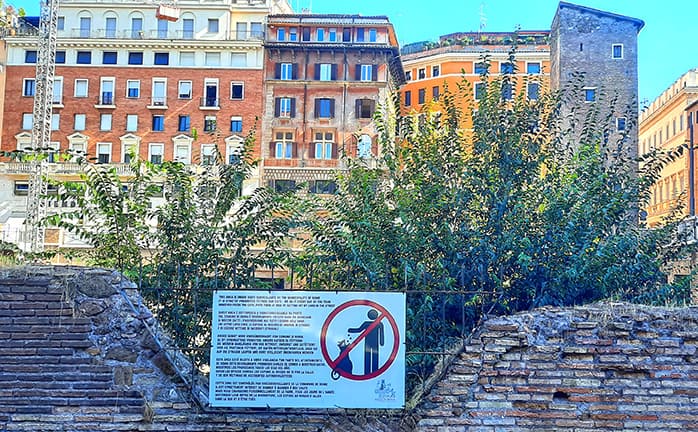
photography by: Omri Westmark
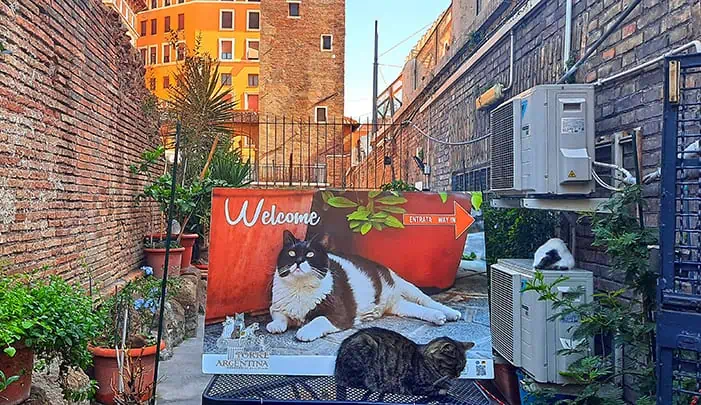
photography by: Omri Westmark
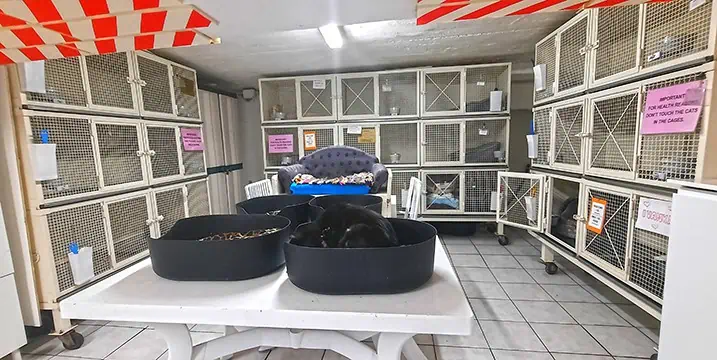
photography by: Omri Westmark
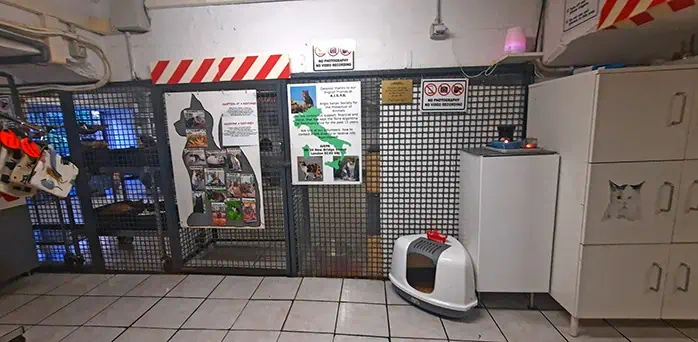
photography by: Omri Westmark
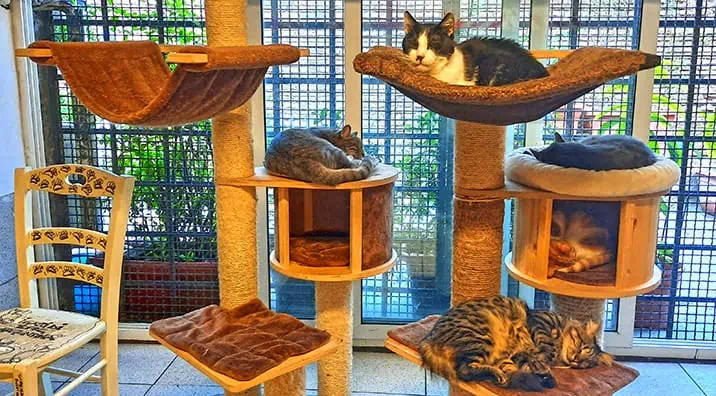
photography by: Omri Westmark
In the following years, the warehouse became a magnet for gattare (aka cat ladies) who followed in Crast’s footsteps and took care of the colony’s feline residents. In 1993, a pair of cat ladies, Lia Dequel and Silvia Viviani, transformed the storage place into a sanctuary, whereby providing medical care, food and shelter to the hundreds of Torre Argentina’s kitties. To control the area’s ever-growing population of stray cats, the sanctuary also launched a wide-scale initiative to neuter and spay as many animals as possible, including cats from other colonies throughout Rome.
Run entirely by volunteers, the sanctuary serves as a permanent home to more than 100 cats, the overwhelming majority of whom are either blind, old or missing a limb. The center is open for visitors, who in turn can caress the furry occupants, make a much-needed donation, purchase a souvenir made by the workers or even adopt a feline friend. To access the sanctuary, go down the stairway on the southwestern corner of the square.

photography by: Omri Westmark
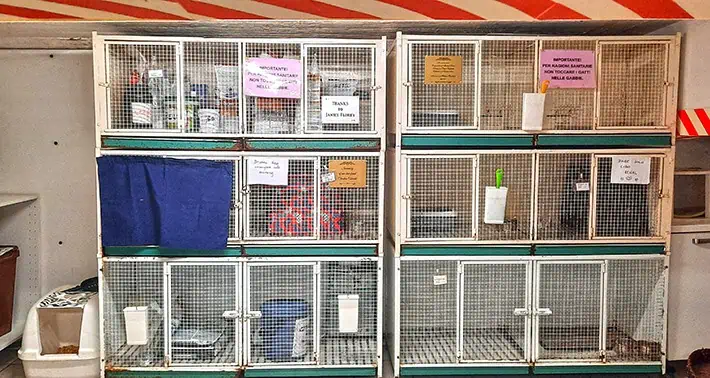
photography by: Omri Westmark
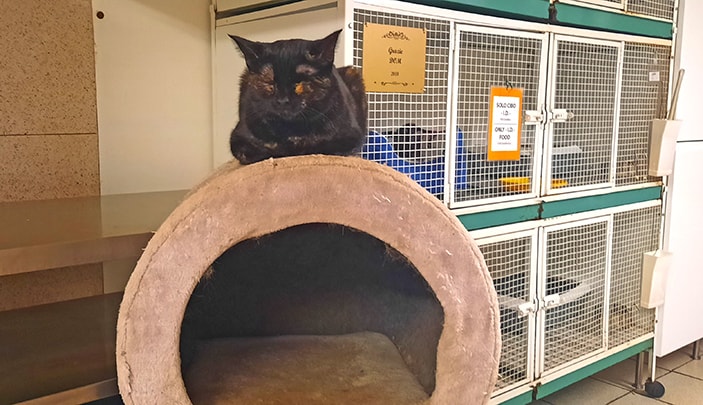
photography by: Omri Westmark

photography by: Omri Westmark
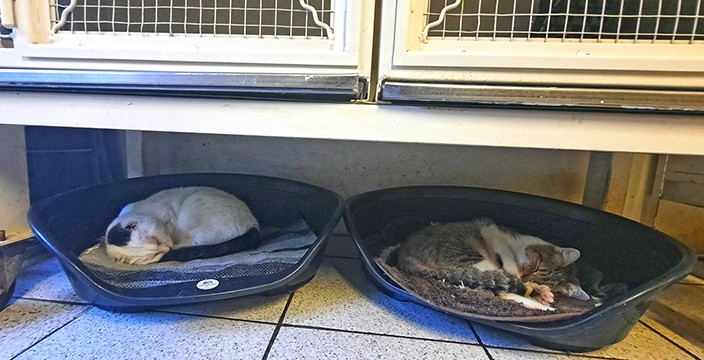
photography by: Omri Westmark

photography by: Omri Westmark
